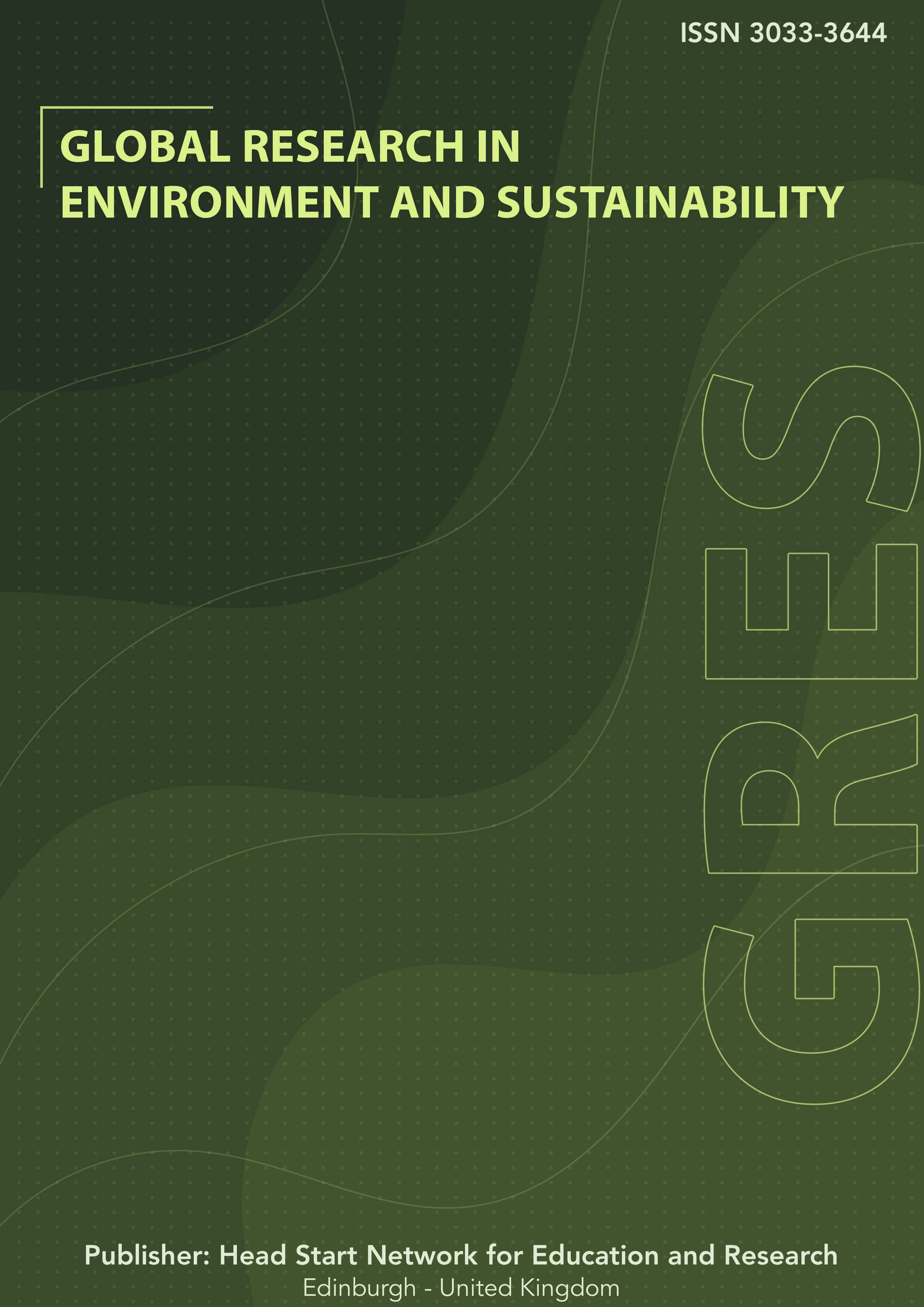Distribution of Pollutants in Surficial Marine Sediments of Kuwait Bay: Challenges and Opportunities
DOI:
https://doi.org/10.63002/gres.302.895Keywords:
Kuwait Bay, Marine pollution, Geochemical analysis, Total Organic Carbon (TOC), Heavy metals, Petroleum hydrocarbons, Environmental impactAbstract
Kuwait’s dry, hot, arid climate has created significant seasonal temperature variations and an increased risk of pollution from airborne particulates. North-westerly winds blowing from arid desert regions are contributing to significant levels of suspended dust particles being transported considerable distances across the region. Of particular risk are the heavily polluted coastal areas where heavy industrial development and continued patterns of urbanization are increasing the risks of a range of pollutants entering the marine and near-shore environments. Coastal areas, such as Kuwait Bay, have experienced significant urban and industrial development over the past five decades, resulting in increased pollution in their coastal and marine environments. This study conducted a comprehensive geochemical analysis of surficial marine sediments in Kuwait Bay, focusing on the distribution of Total Organic Carbon (TOC), Total Petroleum Hydrocarbons (TPH), and heavy metals such as zinc (Zn), copper (Cu), nickel (Ni), and lead (Pb). Sediment samples were collected from ten different locations across the bay to assess the extent of pollution and identify its primary sources. The increased development in Kuwait Bay has led to significant increases in marine pollution across the region, as evidenced by elevated levels of TOC, TPH, and heavy metals. This has been attributed to crude oil discharges, fuel oil, and sewage water. With plans to further develop this site, it is recommended that more robust measurements of current pollution levels be established. Understanding these pollution events in more detail will help reveal more about the potential risks associated with current and future developments and introduce effective mitigation methods that reduce the social, economic, and environmental impacts of these activities.
Downloads
Published
Issue
Section
License
Copyright (c) 2025 Jenan Bahzad, Mohammed Al-Sarawi

This work is licensed under a Creative Commons Attribution 4.0 International License.





